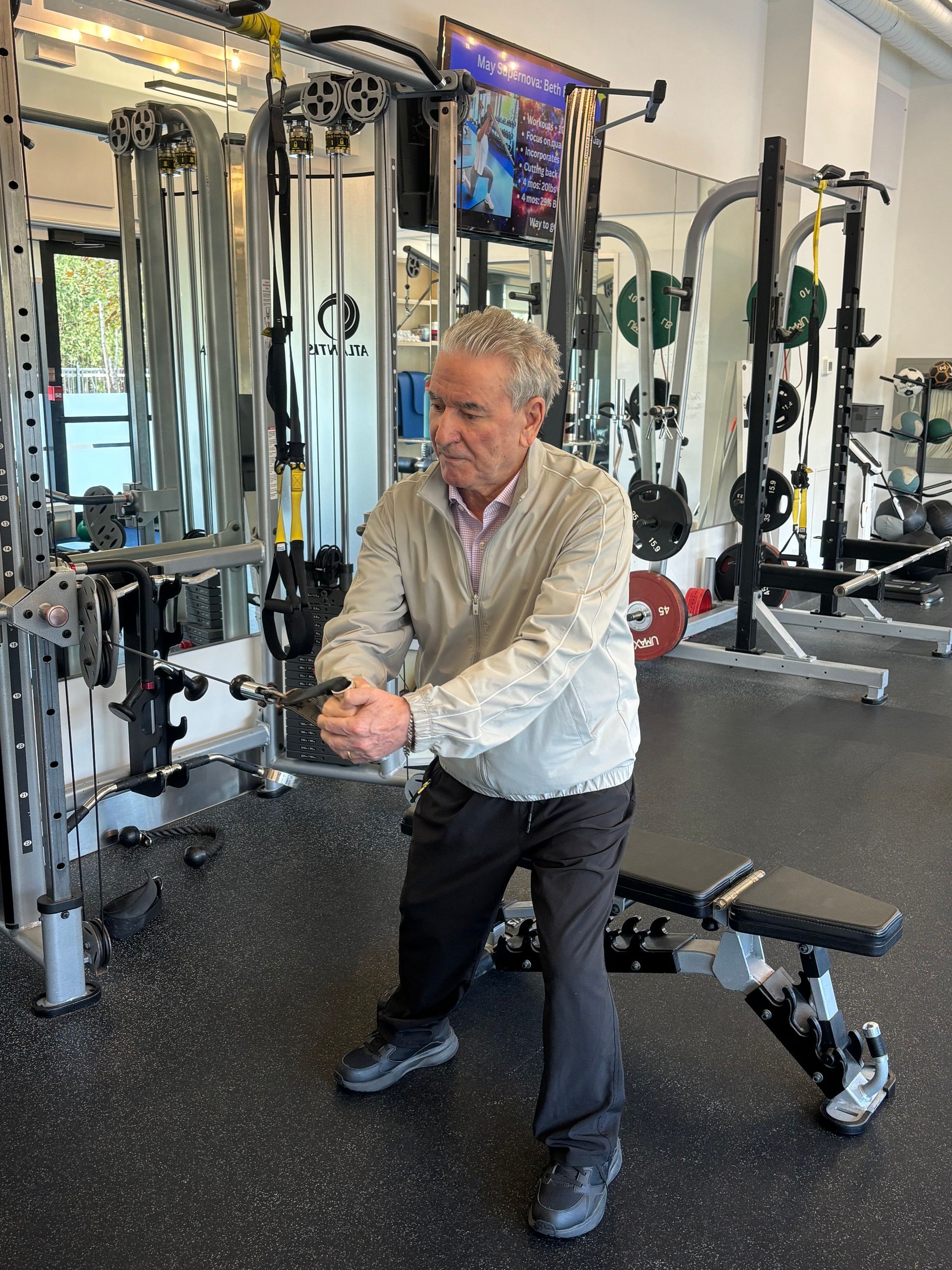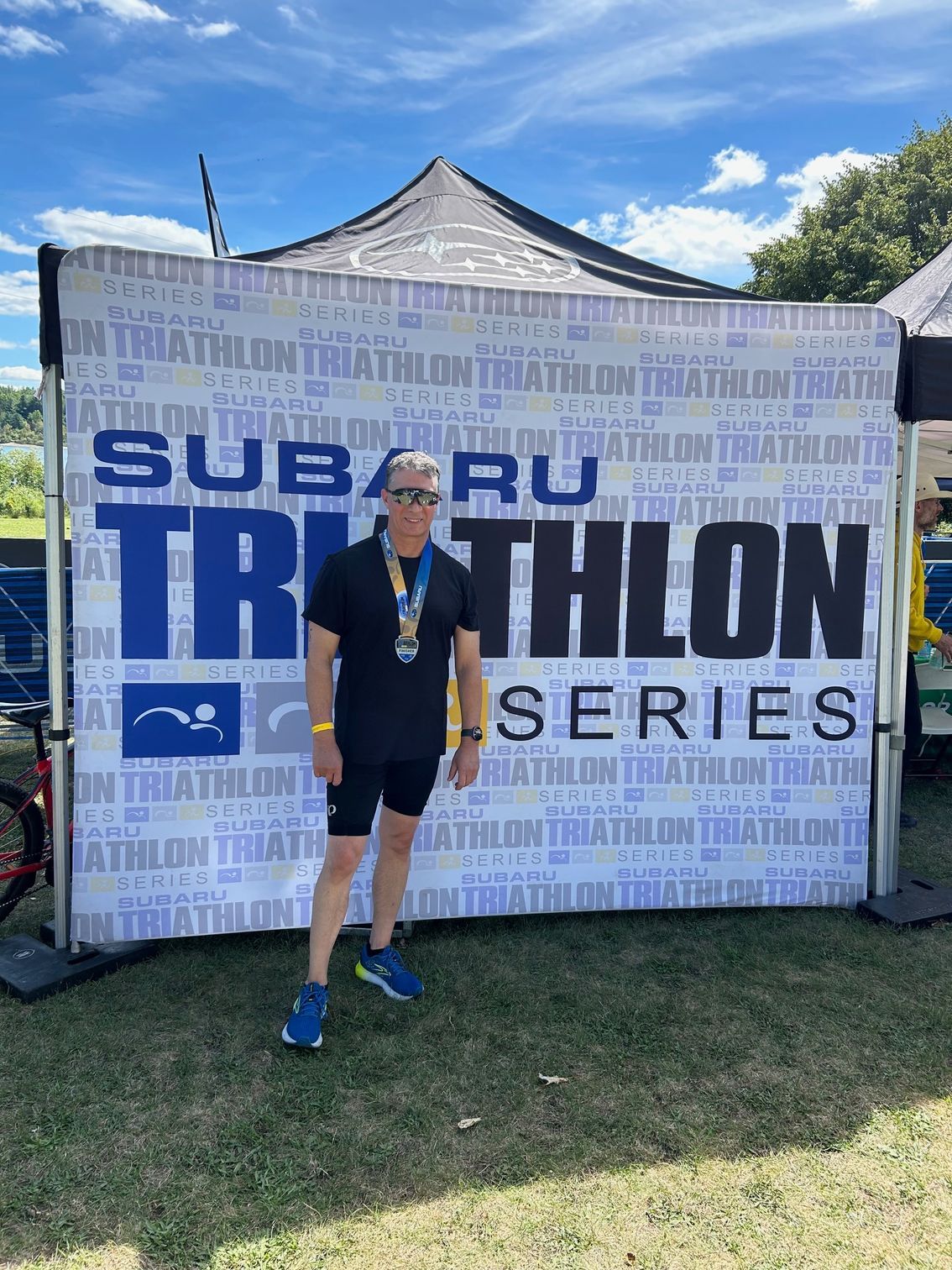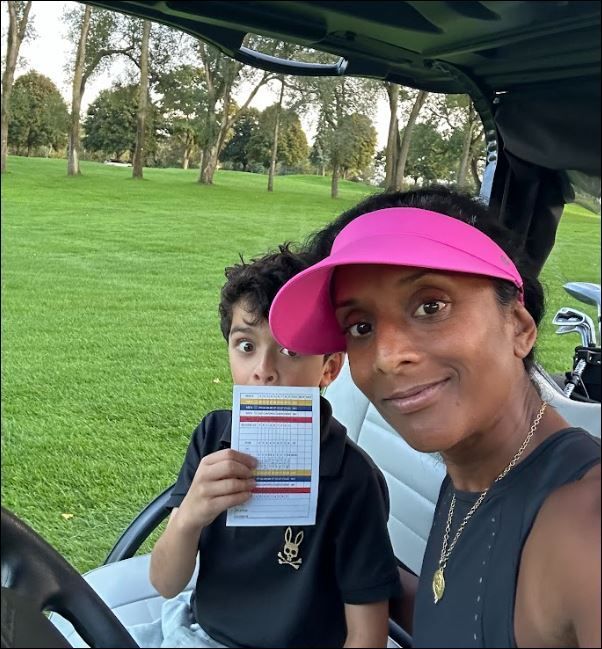Anatomy of a Great Warm-Up
Nova Health Club • November 5, 2019
It is common knowledge that warming up before physical exercise is a wise thing to do in order for our bodies to work optimally and to avoid injury. But what is the best way to warm up?
A commonly practiced warm up by most people is going onto a cardio training machine like a treadmill for five to ten minutes. But is this the best way to warm up? While any warm-up is better than no warm-up, there are a few things to consider to make your warm-up more specific to your workout and the unique needs of your body.
Warm Up Objectives:
Increase blood flow to the muscles that will be worked and increase body temperature
Increasing heart rate
Increase range of motion of the joints that will be used
Activate specific muscle groups that will make your body work better
Deactivate specific muscles that can impair optimal movement
Prime the nervous system to improve firing potential of muscles
Prep the body to move the exact way it will be required to move in the workout
Mental readiness
All of the above can be summarized in three phases:
Phase 1: Increase
Phase 2: Activate and Mobilize
Phase 3: Potentiation
PHASE 1: INCREASE
1) Increase Blood Flow to Muscles
This is an easy one that most of us know. Going from a rested to an active state requires muscles. The more your muscles begin to move, the more oxygen they require to make energy to sustain the demands of movement. Blood vessels dilate to allow more oxygenated blood, pumped by the heart to the working muscles.
2) Increasing Heart and Respiratory Rate
To increase the blood flow to your muscles, we must increase our heart rate and breathing rate. There is a tendency for us to rush our warmup to get the workout completed sooner. The result is that the heart and breathing rate becomes elevated very fast. If you have ever experienced a quick increase in breathing during a warm-up, it is likely due to higher exercise intensity that then creates an imbalance between the oxygen demand of the muscles and what can be provided by the heart and lungs. What we end up with is a spike in heart rate in order to provide that oxygen via the blood. The heart and lungs are muscles to be warmed up just like the rest of the muscles in our body. A slow and steady increase in heart and respiratory rate may pose less stress upon the body compared to a spike from sudden strenuous exercise.
3) Increase Joint Range of Motion
To exercise means to use our joints and the muscles that control them. Therefore it is important to consider the joints required for exercise and prep them accordingly. For example, large muscle groups like the hamstrings or lats have influence on the knee, hip and shoulder so prepping these joints (and the muscles) by exploring joint range of motion is an essential part of the warm-up. When doing range of motion exercises the objective is to go through the complete range of the joint. Shoulder range of motion, for example, can be completed by doing arm circles, swings and reaches. A warm muscle that has gone through range of motion exercises is less likely to become injured when the workout intensity increases.
PHASE 2: ACTIVATE & MOBILIZE
While Phase 1 can consist of generic exercises, Phase 2 starts to address the specific needs of the individual about to train. Both activation and mobilization exercises allow athletes to perform better and decrease the risk of injury.
1) Activation
Different needs require different activation exercises. A woman who has recently had a baby may require some core activation exercises to ‘turn on’ specific abdominal exercises. While important as a rehab exercise for re-strengthening her core post-pregnancy, it is also essential for her to activate her core as a prehab exercise so that the core does its job during the rest of the workout. By activating it at the start of the workout, the brain and nervous system are more likely to keep communication with that muscle for the duration of the workout to keep it ‘activated’.
2) Mobilization
Each individual has different joints and muscles needing to be mobilized that if not may impair functional movement of the body during exercise. A man with very tight chest and lat muscles will have restricted shoulder mobility. By doing specific mobilization exercises for this joint he can have improved movement in the shoulder to perform specific exercises.
PHASE 3: POTENTIATION
The goal of this part of the warm-up is to do exercises directly related to the following sport or workout activity. These can be considered warm-up sets just before the actual workout.
1) Nervous System Priming
Agility or plyometric exercises like jump squats or medicine ball slams can create the necessary nervous system firing needed to engage more muscle fibers and hence provide the required force output for the workout.
2) Workout Movement Prep
If the first intense sets of a workout consist of squats then doing squats in the warm-up is an essential part of the prep. It does not make sense to do push-ups to get the legs warmed up for squats. To prep for intense squats, do some warm-up sets of squats first.
In conclusion, a good warm-up will take a methodical approach to consist of exercises that consider physiology, prevent injury and be tailored to the individual and workout. For most of us, we exercise after long durations of doing something sedentary that has our attention on anything but the body. Therefore it is important to appreciate that a level of mental readiness is required to perform at our best. Warm-ups while essential for prepping the body also prep the mind by creating mind muscle connections and focus on the workout. As part of an athlete's physical prep, many have mental practices like meditation prior to workouts but we will explore that in another article.
Joshua Allen

It's that time of year again where Halloween candy is everywhere - especially if you have children who are in the trick or treating age. We all know that candy is unhealthy and we are aware of sugar's detrimental effects on our health, from weight gain to cavities... But do you know the risks in eating Halloween candy that go beyond weight gain and cavities? While sugar is certainly a concern, other ingredients in many popular candies can chip away at your health and well-being. The Deceptive Allure of Halloween Treats While eating Halloween candy can be a nostalgic pleasure, the ingredients list tells a different story. I personally love Halloween but about 7 years ago I went clean and gave up Halloween candy for good because I learned it is much more than a sugar problem… Beyond sugar, are ingredients like hydrogenated oils, high-fructose corn syrup, artificial colors, titanium dioxide and common allergens like wheat, corn, dairy, and soy. These ingredients can wreak havoc on our bodies, leading to a host of negative health effects that most consumers overlook. Beware: 5 Ingredients in Halloween Candy With Negative Health Effects 1. Hydrogenated Oils: Hidden Fats Hydrogenated oils transform liquid oils into solid fats and enhance texture and shelf life. These trans fats are notorious for raising bad cholesterol levels, increasing the risk of heart disease and causing inflammation in the body. Look out for the word ‘Hydrogenated’ in candies like Skittles or Starburst 2. High-Fructose Corn Syrup (HFCS): A Sweet Sabotage HFCS is another frequent offender. It’s a cheap, sweet alternative to sugar that can lead to rapid spikes in blood sugar levels and cravings. Overconsumption of HFCS has been linked to obesity, insulin resistance and fatty liver disease. Many people consume HFCS without even realizing it. Candies like Oh Henry and other chocolate bars have HFCS. 3. Artificial Colors: A Rainbow of Risks The colors that make Halloween candy so visually appealing are often the result of artificial colorings like Red 40, Yellow 5 (Tartrazine), Yellow 6 (Sunset Yellow) and Blue 1. Studies have shown links between these artificial colors and hyperactivity in children, as well as allergic reactions as well. Here are some of your Halloween favorites with these colors: Skittles , Maynards , Sour Patch Kids , Jolly Rancher , Twizzlers , Starburst and M&M’s 4. Titanium Dioxide: The White Truth Titanium dioxide is used in many candies to enhance their whiteness and opacity. It is a detergent that damages your gut and decreases your gut microbiome. Any candy that has a white center, like Skittles is known to use this ingredient. 5. Allergens: Hidden Dangers for Sensitive Individuals Finally, we can’t forget the processed allergens like wheat, corn, dairy and soy in many candies like Mars or Snickers . Those who are highly allergic know to stay away from foods with these ingredients but what about the low grade allergic response that most people ignore? Hives, scratchy through, congestions, asthma, sneezing, itchy eyes and mild GI discomfort are all effects of these allergens. The Scary Reality Halloween is a fun time but we’ve really thrown in the towel when it comes to our health based on the things we are accepting as ok. We've created a society where we buy the cheapest, lowest quality candies to give to our children (and ourselves). Most, if not all of the mainstream candy companies produce products that are high in chemicals to preserve shelf life, to entice our eyeballs and to stimulate our brain to want more the moment it hits our palette. We've also bought into the idea that it's ok because it is just once a year... but the reality is that this food is everywhere all the time. If it was just one day on Oct 31 then sure - that could be ok, but most children are coming home with more than 10lbs of candy that they consume over the next 30 days. It’s no wonder why so many of us suffer with health issues including our children. Modern children are being diagnosed with more health problems than previous generations. Things like childhood depression/anxiety, food allergies, ADHD, autism, eczema and obesity are just some of the things we are seeing more of. Stay Vigilant and Read Labels Can we blame our poor health all on Halloween candy? Certainly not - it's more than just candy in October however the amount of candy with the above ingredients being consumed during Halloween and through the year is definitely a contributor. So when it comes to candy, watch out for the sugar but it’s time to wake up to the other ingredients that are damaging us. The best thing to do is read the labels and be aware of what you choose to consume. And hopefully in time we choose to buy 'treats' that are not filled with chemicals. Next year, choose to buy healthier options versus the mainstream candy we grew up with. Healthier Alternatives Here are some options to consider instead of the mainstream low quality garbage that we've been accustomed too: Chocolate Bars Unreal Coconut Bars : This company is on point with way healthier ingredients than the mainstream. They carry an assortment of candies beyond just the coconut bar (which is one of my faves). Granola Bars Made Good : You've probably seen this brand around in stores - specializing in gluten free healthier granola bars. Cookies Simple Mills : Making cookies and baked goods gluten free and with sweeteners that have a lower glycemic index than regular sugar (less of a blood sugar spike) Candies Smart Sweets : Candies without artificial colors and high sugar Lollipops & Jelly Beans YumEarth : W ithout artificial colors Water Enhancer (Vitamin C) Emergen-C : Something different from usual candy - Vitamin C drink crystals that are a much healthier option to candy and kids love em. There are more brands out there but you have to be on your toes when buying. Pay attention to brands, scrutinize the ingredient list and pay the extra money. Every dollar you spend is a vote - the more we vote for the better products for our health, the lower the cost will end up being in the future.

Having trouble controlling the intake of Halloween candy? Unless you are a disciplined ninja or equipped with helpful restraint tactics, you end up eating too much of this low quality, highly processed junk food. If you are someone with a sweet tooth then you are in luck! Here are 5 tactics that will help you avoid eating too much (if any) candy this Halloween. 1)Don’t Skip Meals or Snacks Skipping meals and snacks creates stress on your body and a stressed body is more likely to have sugar cravings. Self control becomes extremely difficult when you're underfed. If candy appears it is much harder to resist because your body is lacking energy, vitamins and minerals. If you eat a solid meal along with healthy snacks throughout the day (ie: protein shake, apple and almonds) I guarantee that it will be hard to eat candy. 2)Eat Enough Protein On the heels of not skipping meals, make sure each meal has enough protein. Meals that are low in protein mean that they are higher in carbs. As a result you will deal with blood sugar dips and greater hunger, weakening your resistance to candy. How much protein? This differs between people but generally you aim to have at least 0.8 grams of protein per pound of ideal body weight. The more active you are, the more protein you will require. 3)Stay Hydrated Being dehydrated will make you feel hungry even when you are not actually hungry. As a result you are more likely to have the urge to grab a sweet from the candy bowl. The simple solution is to just drink enough water throughout the day. How much water? Click here to download your All About Water PDF. 4)Say It Out Loud Often we eat candy without thinking. It is not uncommon to have 5 or 6 candies before you become mindful of what you are doing. By then it’s too late. This may sound strange but as you are picking up the candy - say out loud “I am going to eat this candy” (even if no one is around). This helps you become more aware of your actions, encourages mindfulness, and engages your logical mind. 5)Educate Yourself The scary truth is that mainstream Halloween candy is some of the worst food you can put into your body. Most of these candies contain highly inflammatory ingredients, allergens, and toxins known to disrupt everything from the gut microbiome to DNA, potentially contributing to ADHD symptoms and triggering allergies… And that’s without commenting on the effects of sugar that most of us already are aware of. Eating certain candies can be just as bad as smoking a cigarette! Give these tactics a try - they should help you to say no to Halloween junk food this year. If you are still having trouble, you can attempt a ‘clean sweep’ by throwing it all into the garbage… If you still have a sweet craving, have some dark chocolate or walk to the best bakery in town and buy yourself a $10 chocolate croissant :) Happy (Healthy) Halloween!
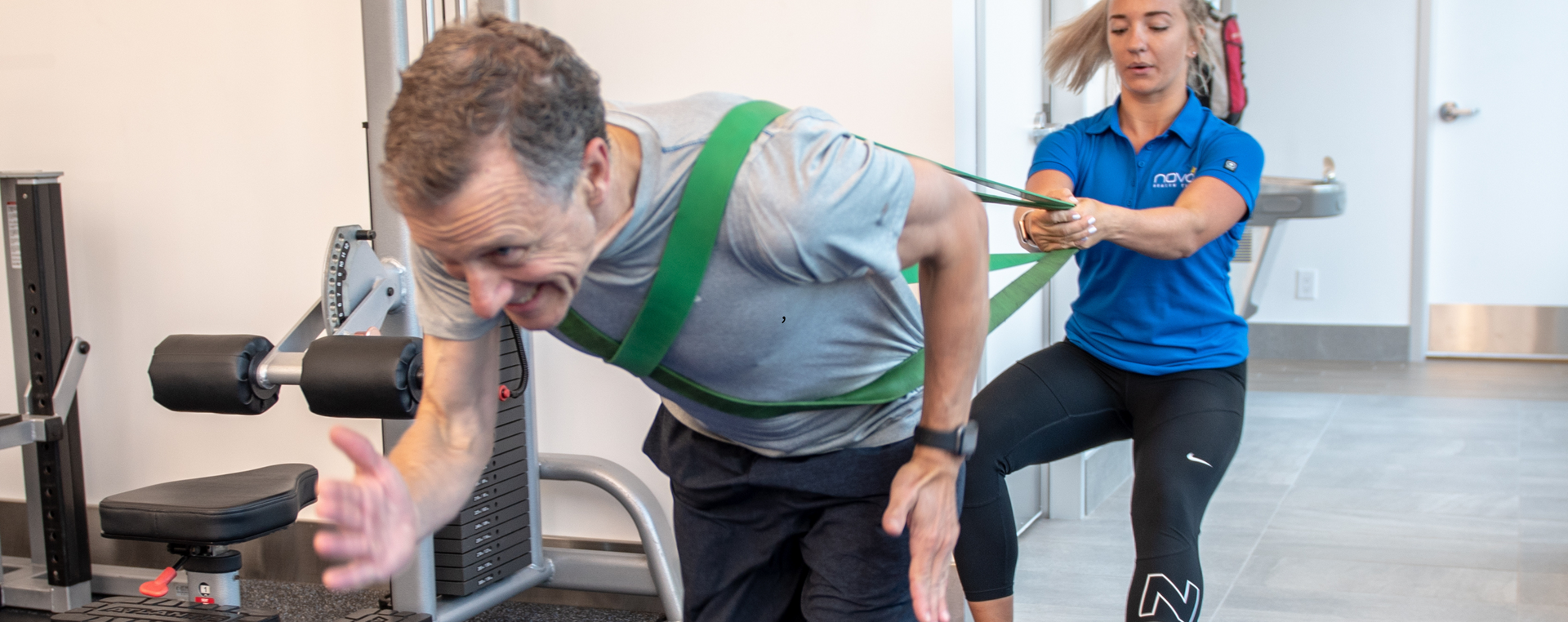
Do Hard Things Now, So Life Becomes Easier Later Modern humans default to the easy way but it's not our fault... Throughout human history, we were wired to survive constant hardship - scarcity of food, threats from predators, harsh environments and manual labor for everything. Our DNA evolved for survival in these conditions, not for modern living. Imagine an early human stumbling across a fruit tree. It made sense to gorge - there was no telling when the next meal would come. The human who gorged had a higher chance of survival than the human who only ate a few pieces of fruit. Practicing self-control in an environment of scarcity would have been a death sentence. Likewise, if given a chance to rest instead of walking miles or hunting, rest was the obvious choice. The problem? Our genes haven’t caught up with modern life. Today, food is everywhere. We don’t have to fight to meet our basic needs. Technology does the heavy lifting, cars replace walking, entertainment is on-demand and calorie-dense foods are always within reach. Left unchecked, our instincts will always lean toward easy options like overeating unhealthy foods (that are so easily accessible) or driving to the store instead of walking. In other words, we’re still hardwired to take the path of least resistance. But here’s the catch: Choosing easy now often means a harder life later and choosing hard now often means an easier life later. Most modern humans are overweight, stressed, tired and dealing with chronic health problems because we’re following outdated survival programming that no longer serves us. It’s time to become aware of these defaults. To override them. To consciously choose the hard thing - because doing hard things is what actually makes life easier in the long run. Hard things like: Going to bed on time instead of watching another episode Preparing a healthy meal instead of grabbing fast food Moving your body instead of sitting all day Walking or biking to the store instead of driving Managing stress with deep breaths and fresh air instead of pouring a drink Looking at your habits instead of masking symptoms with medication It might feel uncomfortable because it goes against everything your biological programming is urging you to do. But that’s exactly why it matters. Don’t think of it as punishment or sacrifice. Think of it as an investment. Every time you take the stairs instead of the elevator, cook instead of order out, or put your phone down to truly rest, you’re building a life that’s easier, richer, and more fulfilling down the road. And remember: Do easy things, and you’ll have a hard life. Do hard things, and you’ll have an easy life. Most of the above information is probably not new to you. That’s because we live in the information age with the internet and now AI - we already know what it is we need to do. The problem however is implementation. This is where having a customized plan and accountability comes in. If you know the hard things you need to do more of but struggle with breaking past your ‘default mode’ then contact us for a complimentary consultation HERE .

